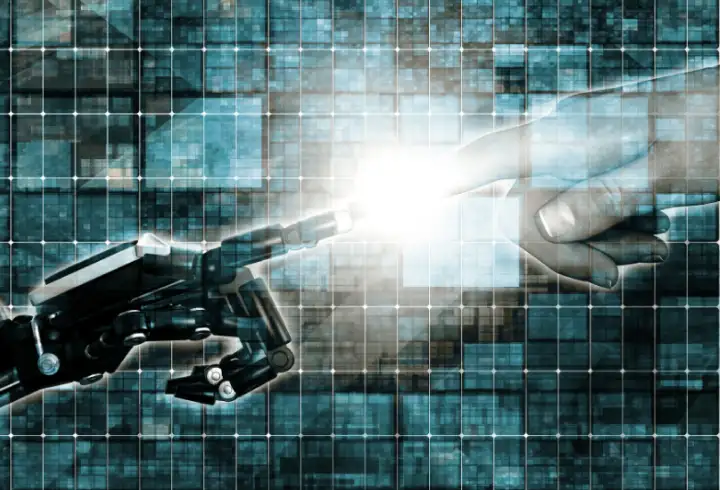The pace of technological advancement in recent years has been staggering. Artificial intelligence and robotics now allow machines to perform tasks that previously required human skills and judgment.
As these technologies continue improving, there is understandable concern about human AI collaboration & their impact on jobs and the economy.
Automation enabling a ‘gig economy‘ of small tasks and short-term projects could indeed become more common compared to the traditional full-time, long-term employment model.
Advanced AI and smart workflows will allow the efficient splitting up of complex jobs into micro-tasks and then the routing of each small unit of work to humans with matching skill sets. This provides more flexibility and variability for workers.
However, this shift toward task-based temporary work also comes with tradeoffs, if supporting policies and programs don’t evolve. Without reforms, the gig economy model could leave more workers in a precarious state without stability or access to essential benefits typically tied to traditional jobs. Here are some of the key policy implications to consider:
- Training programs will need more flexibility – modular, micro, accessible education that allows workers to rapidly gain skills to qualify for short-term gigs as needed. Easy access to credentialing becomes important.
- Benefits like health insurance and retirement savings may need to be delinked from specific jobs through portable accounts and universal programs so gig economy workers still have safety nets.
- More workers in this model also increase income variability. Policy tools like wage insurance, enhanced unemployment benefits, and flexible access to credit & loans would help smooth volatility.
- Logistics supporting job matching and transitions may need streamlining too – centralized visibility into gig opportunities, easy assessment tools for skills/interests to qualification matching, rapid onboarding, etc.
The rise of gig work powered by automation platforms holds advantages but also risks. Updating policies with the unique aspects of this labor model and focusing specifically on smooth income, benefits, transitions between gigs and access to training will help maximize the model’s upside.
The number of workers moving to such gig roles will likely continue increasing. So focusing policy now on enabling economic security and opportunity is crucial while encouraging the productivity gains such AI-based systems unlock.
However, while automation will transform certain occupations, the fear that “the robots are coming for our jobs” is overstated. History shows that major technological shifts create new opportunities and even entirely new types of jobs to compensate for the ones made obsolete.
The goal should be shaping the future of work in a way that captures productivity gains while keeping workers employed in meaningful jobs.
There are several ways to strike the right balance. Education and retraining programs can help the workforce adapt its skills. AI and automation themselves can augment human capabilities rather than replace them outright in many cases.
Adjusting policies around immigration, job mobility incentives, and portable benefits can aid workforce transitions. And institutions for social support, lifelong learning, and job matching must evolve to support an era of continuous career shifts.
In addition, institutions for social support, community engagement, job search, and workforce development need to evolve using technology as well. Automation anxiety arises in part due to worries about technical skills becoming rapidly outdated and difficulty transitioning between careers.
Investments into programs that subsidize costs for low-income students, match displaced workers with in-demand jobs, and provide transition assistance can help address these worries, while preparing the workforce to realize the productivity promise of intelligent technology rather than be left behind.
Rather than a tech-fueled jobs crisis, increased productivity, and innovation could usher in a new age of expanded creativity and human potential.
But we need to shape that future responsibly and humanely through social investment, updated policies, and a collaborative approach between policymakers, business leaders, and educational institutions.
If done right, people will work alongside increasingly intelligent machines to tackle society’s greatest challenges – not be replaced by them.
The risks are real, but a balanced approach recognizes both the challenges and opportunities. With responsible planning, foresight, and adaptability, we can build an economy that works for all.
The question is not whether automation will transform jobs – but how we prepare for and shape that future to uplift the dignity and productivity of all workers.



